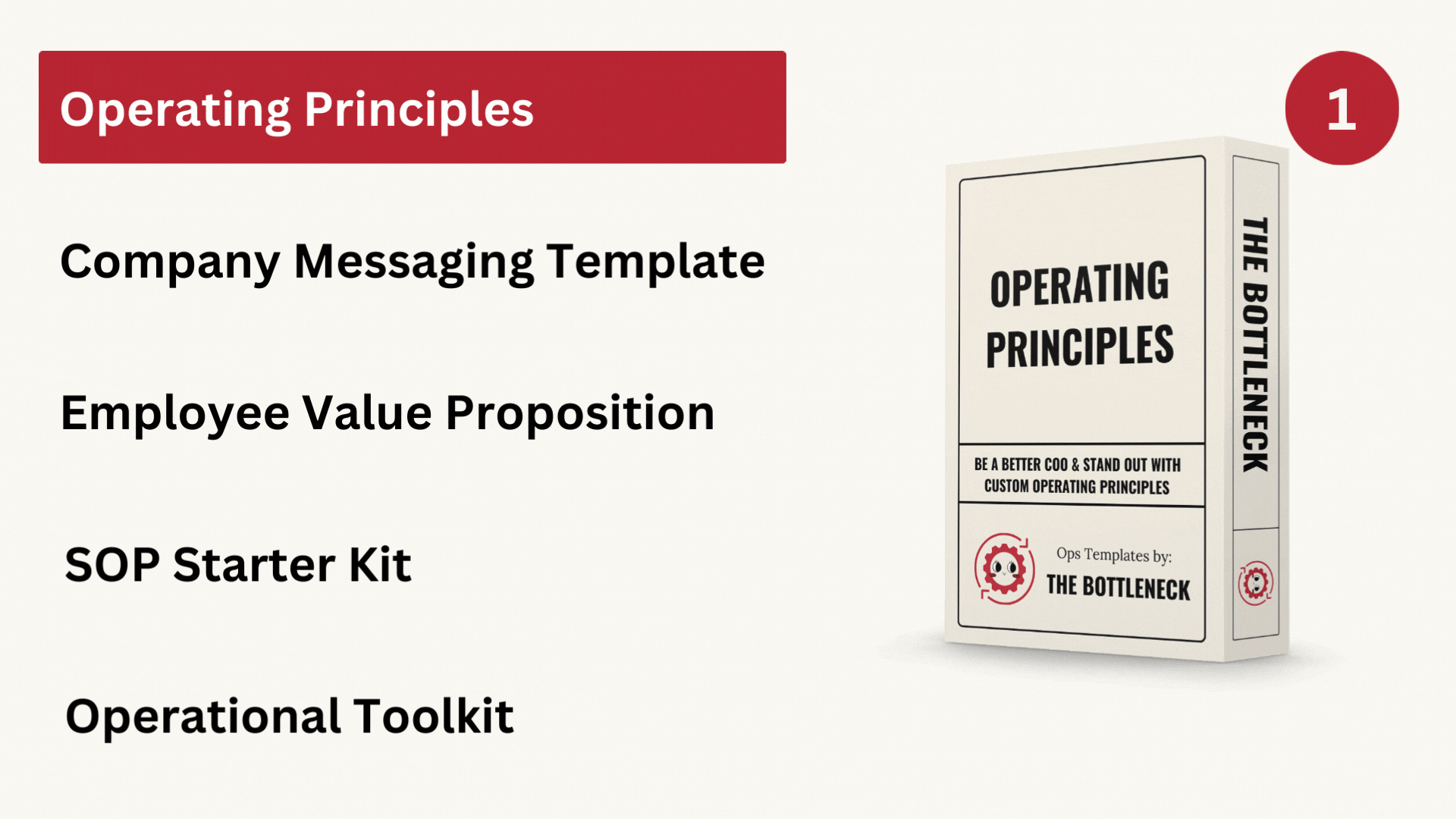
Read Time: 9.6 Minutes
Hi Operators ⚙️
In case you didn’t know, I personally respond to every reply to our welcome email.
Shoutout to my new friend for what might become my new Twitter Bio.
We try to keep this newsletter PG-13 (but I really do have a “kink” for customer experience).

⚙️ Here’s what we got going on today:
You don’t have to dilute → the Swiss Army Knife of financing.
Card networks and wires and ACH, oh my! → the yellow brick road to payment types
You need a new pricing model → focus on customers, and get that money
Let’s dive in.
(P.S Anything you want us to cover in a future edition? Reply to this email or hit me up at [email protected]. )

Together With Deel
The benefits of having a global team are clear. Building one should be too.
Our free Founder’s Guide walks you through building and scaling a remote-first, global company.
In this guide, we walk you through each phase of the process, including:
Choosing who and where to hire
Determining fair and competitive compensation
Scaling in compliance with global laws
Our experts can help you hire quickly and compliantly in 150+ countries. And that’s just the beginning.

5 Operator’s Library Links
Entrepid Partners has helped dozens of early-stage B2B tech startups achieve rapid growth. Here is how Entrepid’s CEO thinks through the top pricing strategies for early-stage teams.
Here’s advice on raising venture capital: have something to show, and love the person you’re pitching.
For those of you piloting products, here’s a quick take on the typical SaaS conversion rate from paid pilots to annual contracts.
Looking for capital? Here’s a rundown of how debt financing works, with examples, costs, pros and cons.
Here’s a deep dive into the cost structures between bootstrapped and VC-backed businesses.

I. You don’t have to dilute.
Insight from Nathan Yoon and Melissa Wasser
Is raising another equity round the right move for you? Not so fast.
There are other options to finance growth that many operators don’t consider.
For example, asset-based lending (ABL).
ABL allows you to leverage the stable parts of your business to secure funding without diluting equity. You raise capital by pledging assets with resale value or cash flows, such as loans, receivables, or inventory.
This method can allow you to:
Maintain more ownership and control over your company
Use stable, cash-flowing parts of your business to fund expansion
Raise with more predictable terms & payments
Now, as you might imagine, there are some downsides to keep in mind.
ABL is often accompanied by higher-interest rates, significant collateral requirements and complex agreements.
That being said, depending on your business and capital needs, it could be a good option.
If you need to finance growth, keep an open mind (and do your research 🙏).

II. Card networks and wires and ACH, oh my!
Insight from CJ Gustafson
Choosing your payment type can be a headache.
Do you want your payments to arrive super fast but have to pay higher fees?
Or do you want to pay your bills with small fees, but have to wait days for the transaction to clear?
Let’s look at some options and when to use them:
Card Networks (fast but costly): Quickest to authorize, but significant processing fees. You can also get screwed over by disputes even after payments are “finalized.” This is the best option for small, immediate transactions.
Bank Wire Transfers (secure but expensive): These are reliable, secure, and only take a few days to process. The biggest downside is that each transfer costs $10- $30+, which makes them suitable only for large amounts. Use this for significant transactions where security is important.
ACH Transfers (economical but slower): ACH payments are processed in batches and take a few business days to clear. They’re mostly rejected only due to insufficient funds or incorrect account details. It’s best to use ACH transfers for recurring bills and payroll deposits.
Different strokes for different folks. And different payment options for different circumstances.
Learn more: 4 Ways To Accept Payment Online

III. You need a new pricing model.
Insight from Paddle
Your pricing model probably sucks.
Methods like cost-plus and competitor-based pricing usually leave money on the table.
Prioritize a value-based pricing model — a strategy that focuses on the customer’s perceived value of your product.
Here’s why it matters: a mere 1% improvement in price optimization can boost profits by an average of 11.1%.
So, how do you start building a value-based pricing strategy?
It’s all about customer research.
Start gathering data on how much value your customers place on different aspects of your product.
Conduct surveys, interviews, and analyze customer behavior to understand their willingness to pay. Ask specific questions about ROI and business impact.
This customer-centric approach:
Highlights your product’s strengths (your product team thanks you)
Outlines areas of improvement (your product team thanks you, again)
Helps you set a profit-maximizing price (the board loves you)
TL;DR: Focus on the customers, and get the money.

Something Fun

Last Word 👋
How am I doing?
I love hearing from readers, and I’m always looking for feedback.
How am I doing with The Bottleneck? Is there anything you’d like to see more or less of? Which aspects of the newsletter do you enjoy the most?
Hit reply and say hello - I’d love to hear from you!
Cheers,
Rameel from The Bottleneck team
Spread The Word
Share The Bottleneck with friends to get a few freebies. Maybe you’ll make some new ones on the way 😆
We’ll give you free stuff and more friends if you share a link. Only one link.

{{rp_personalized_text}}


